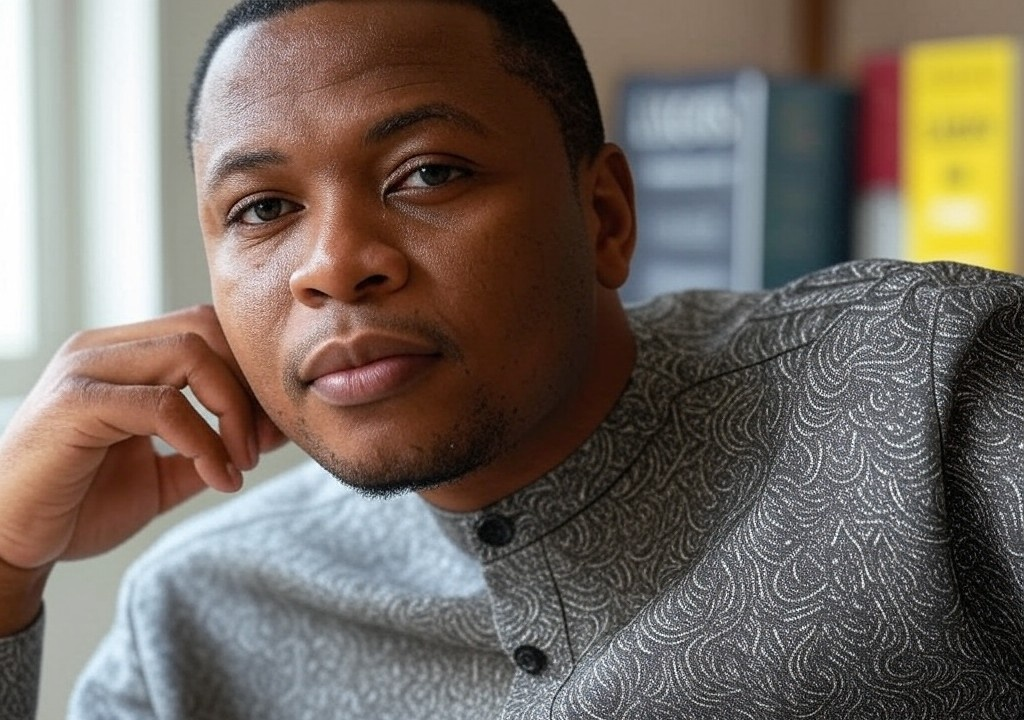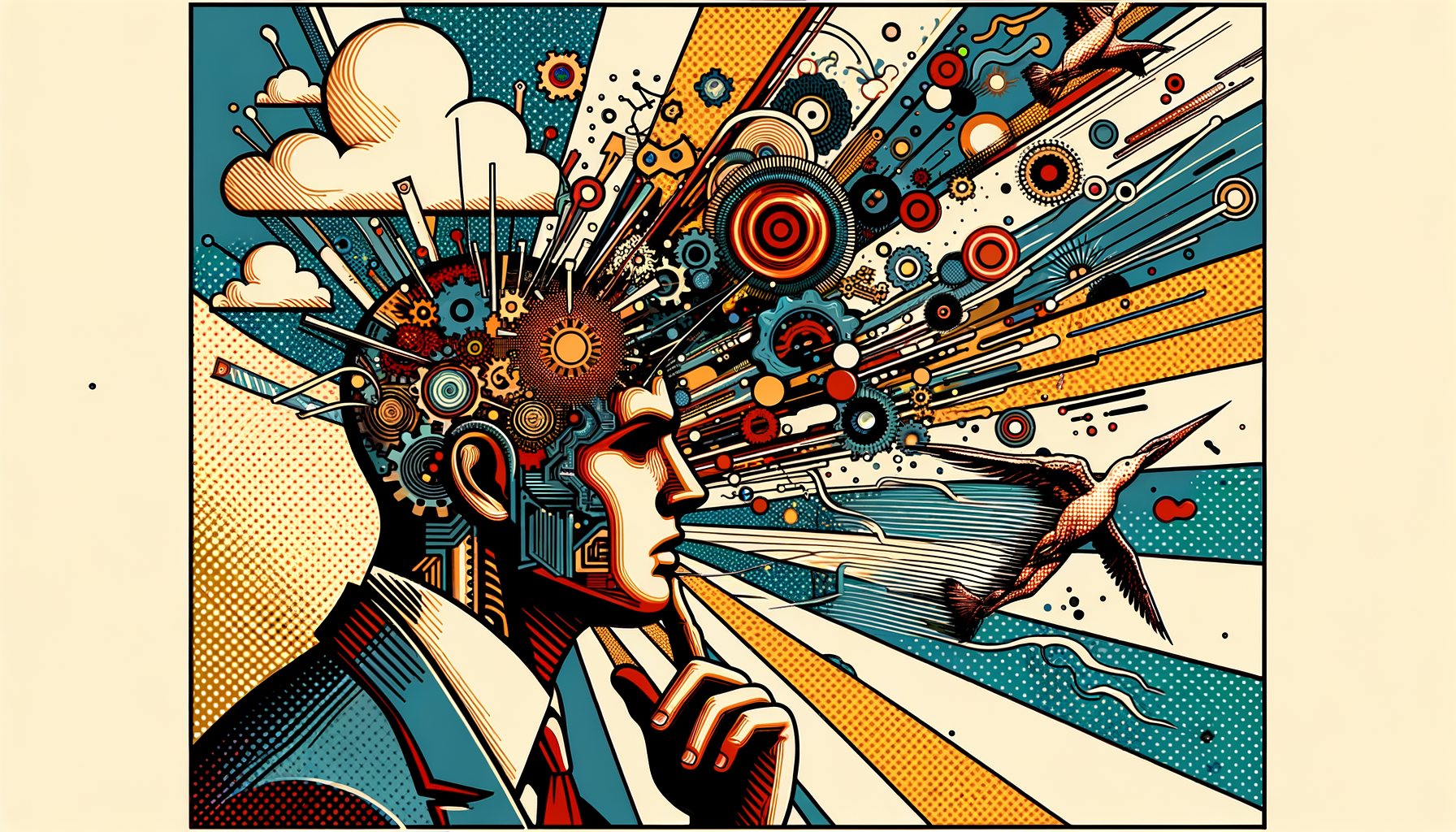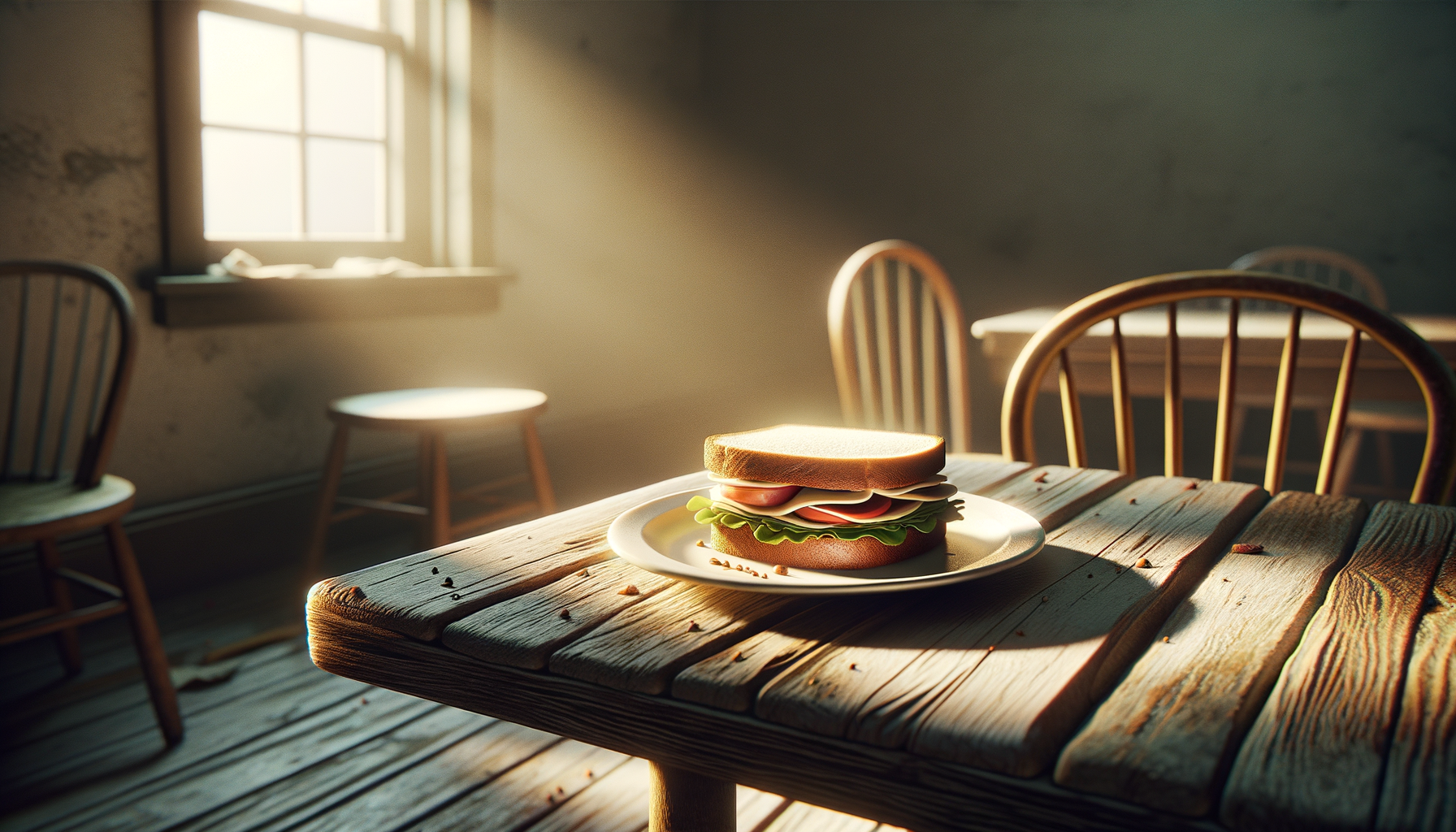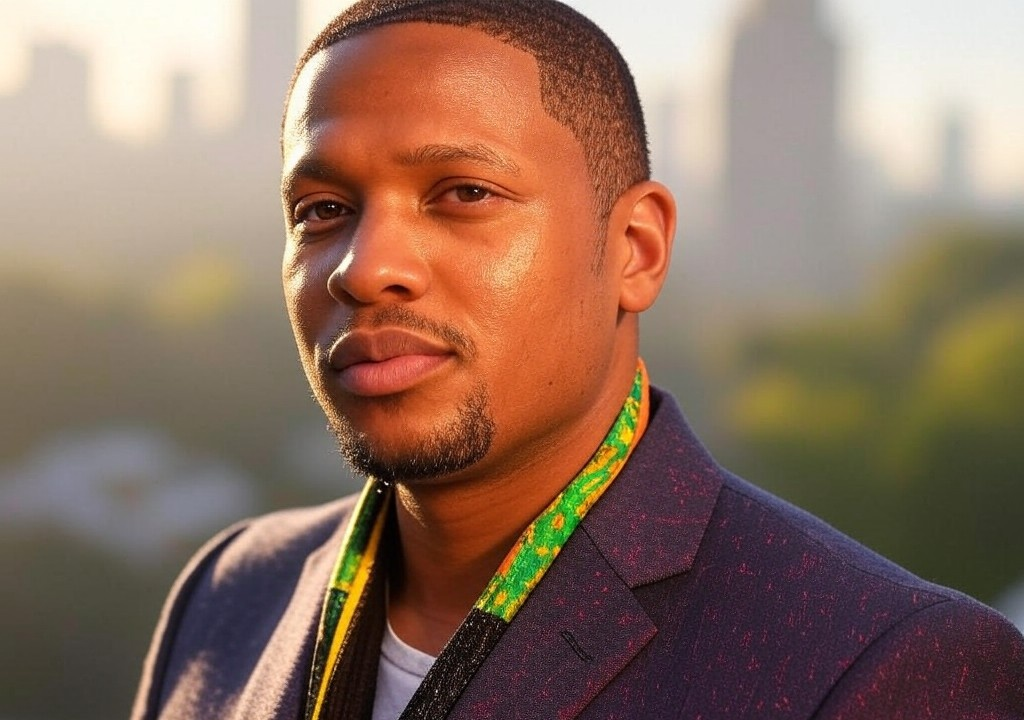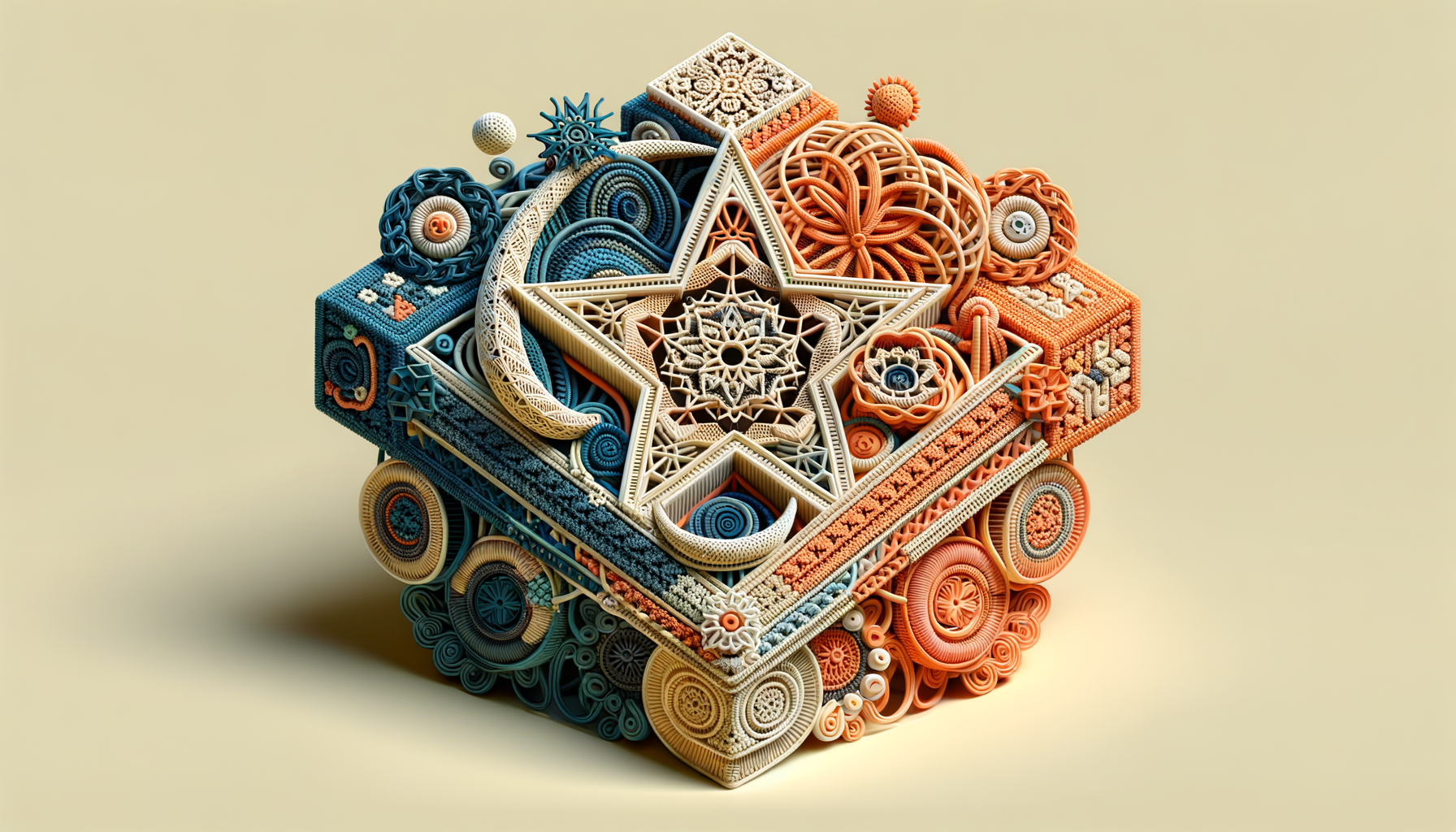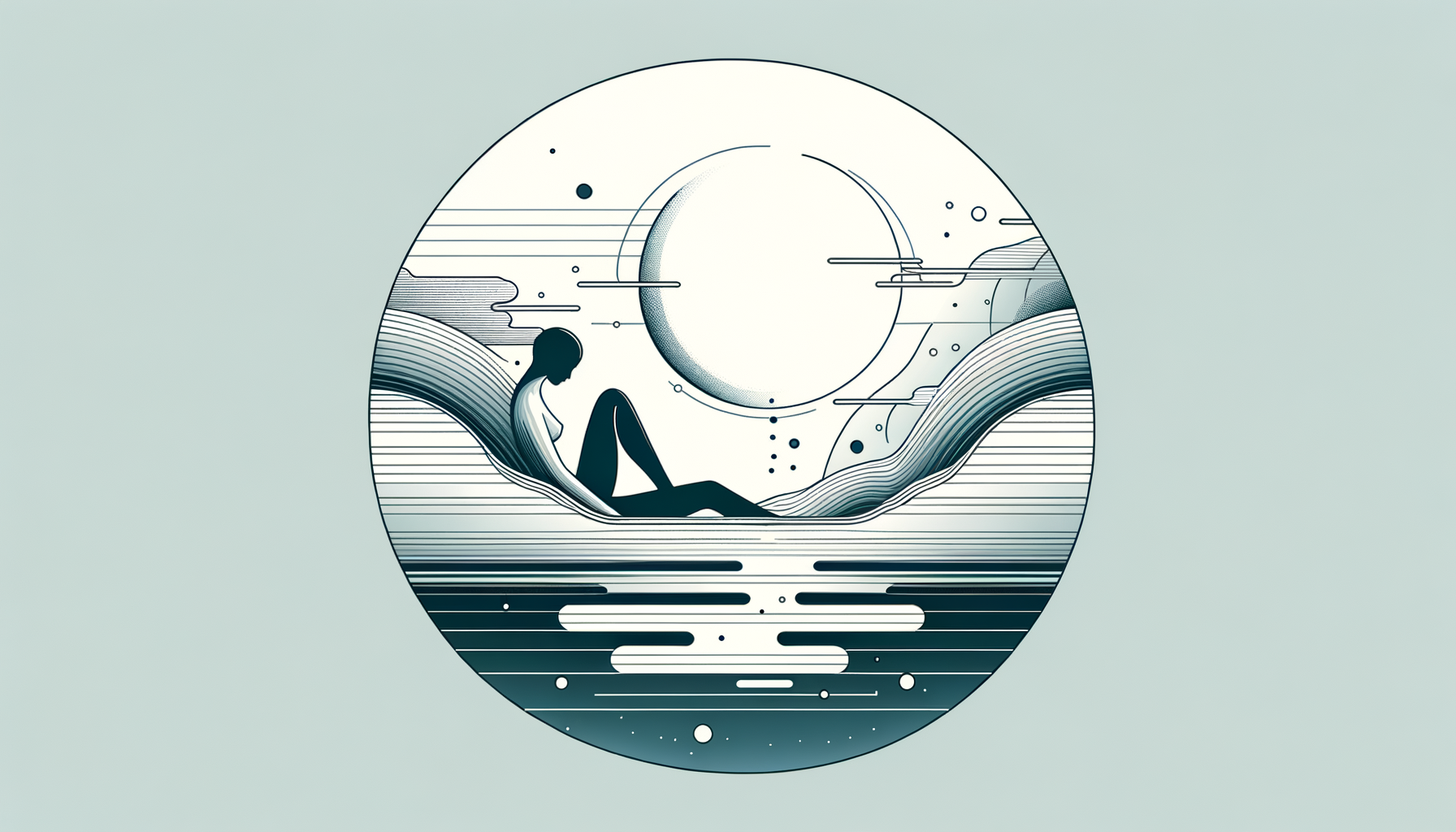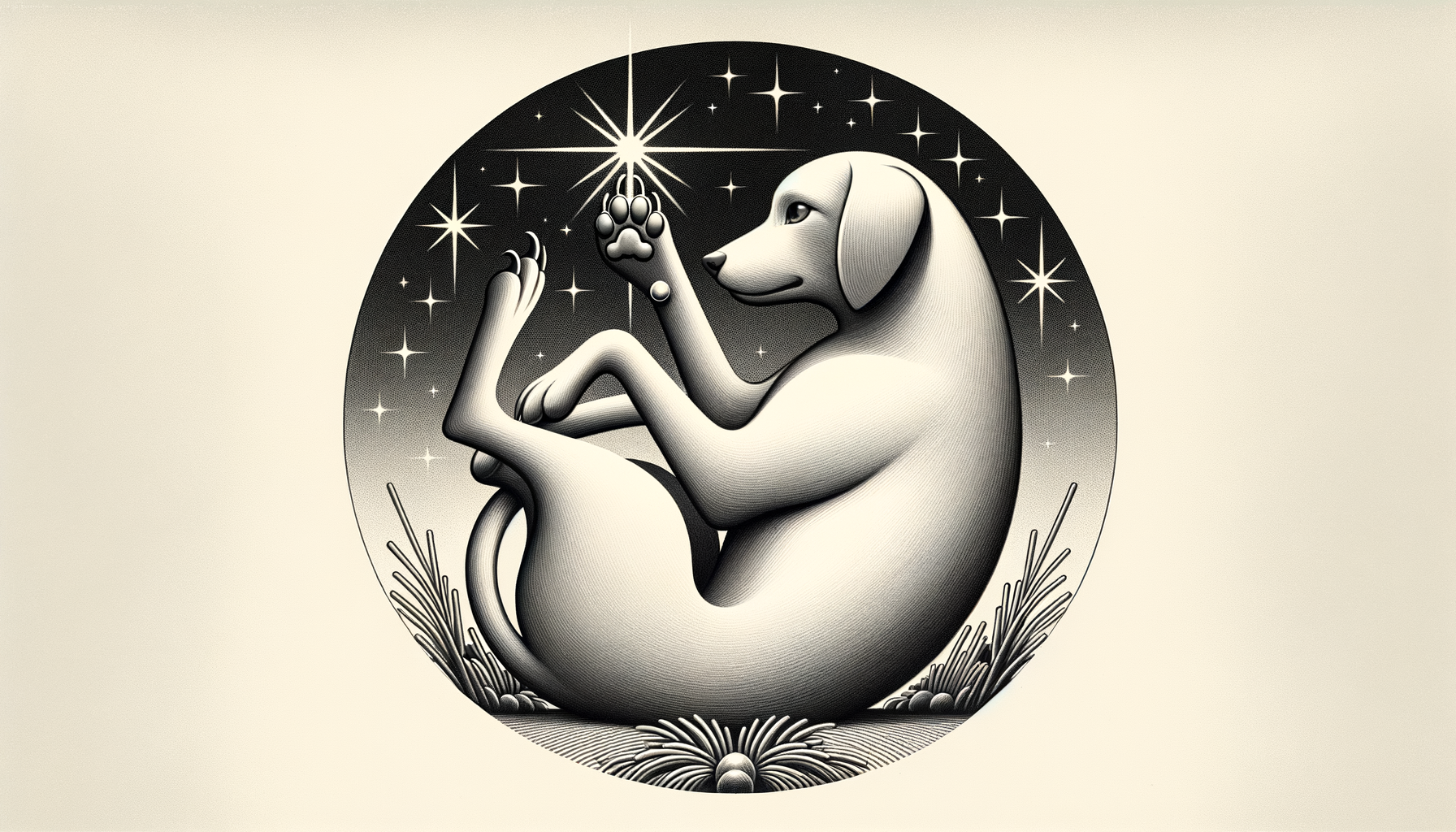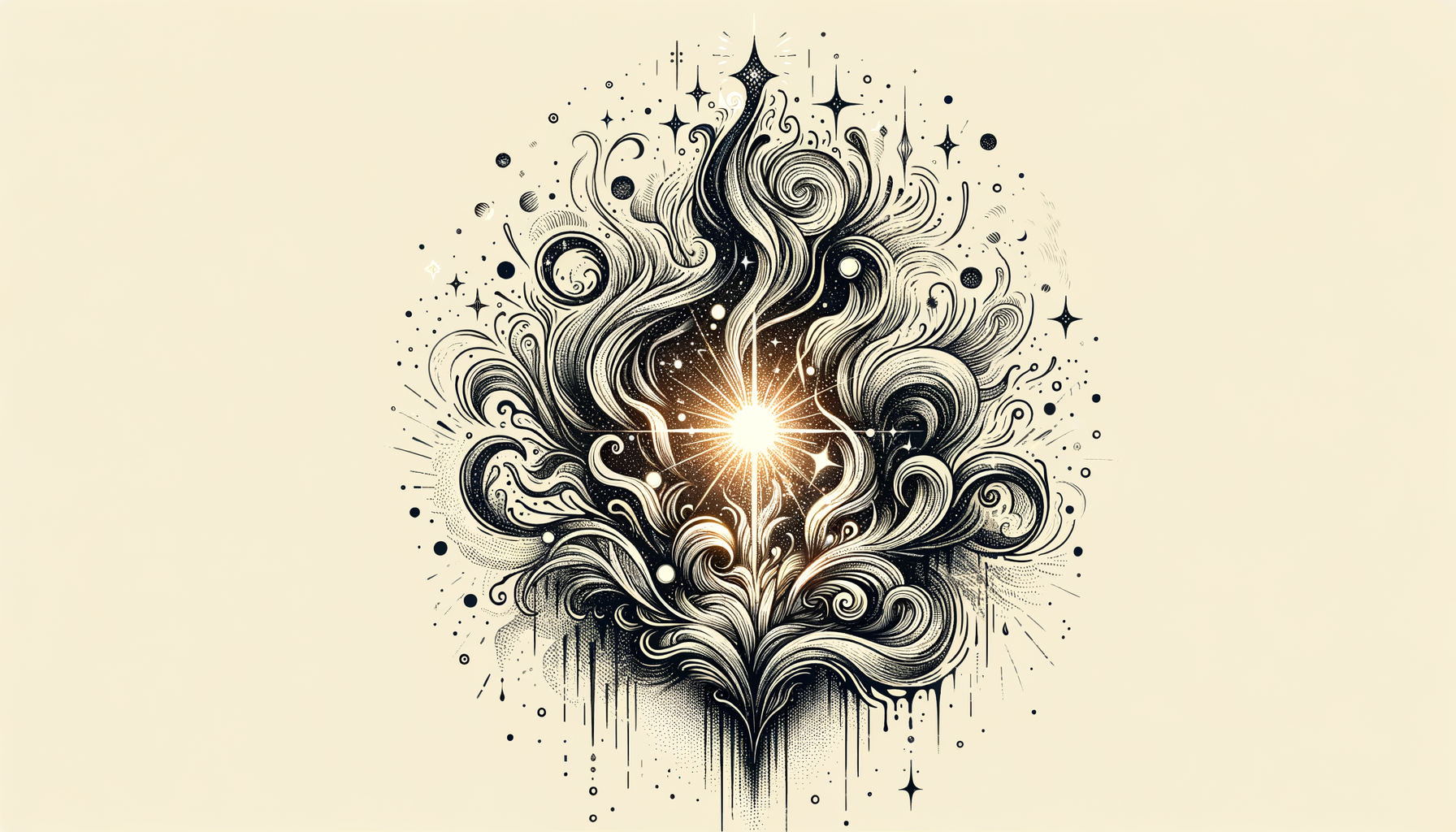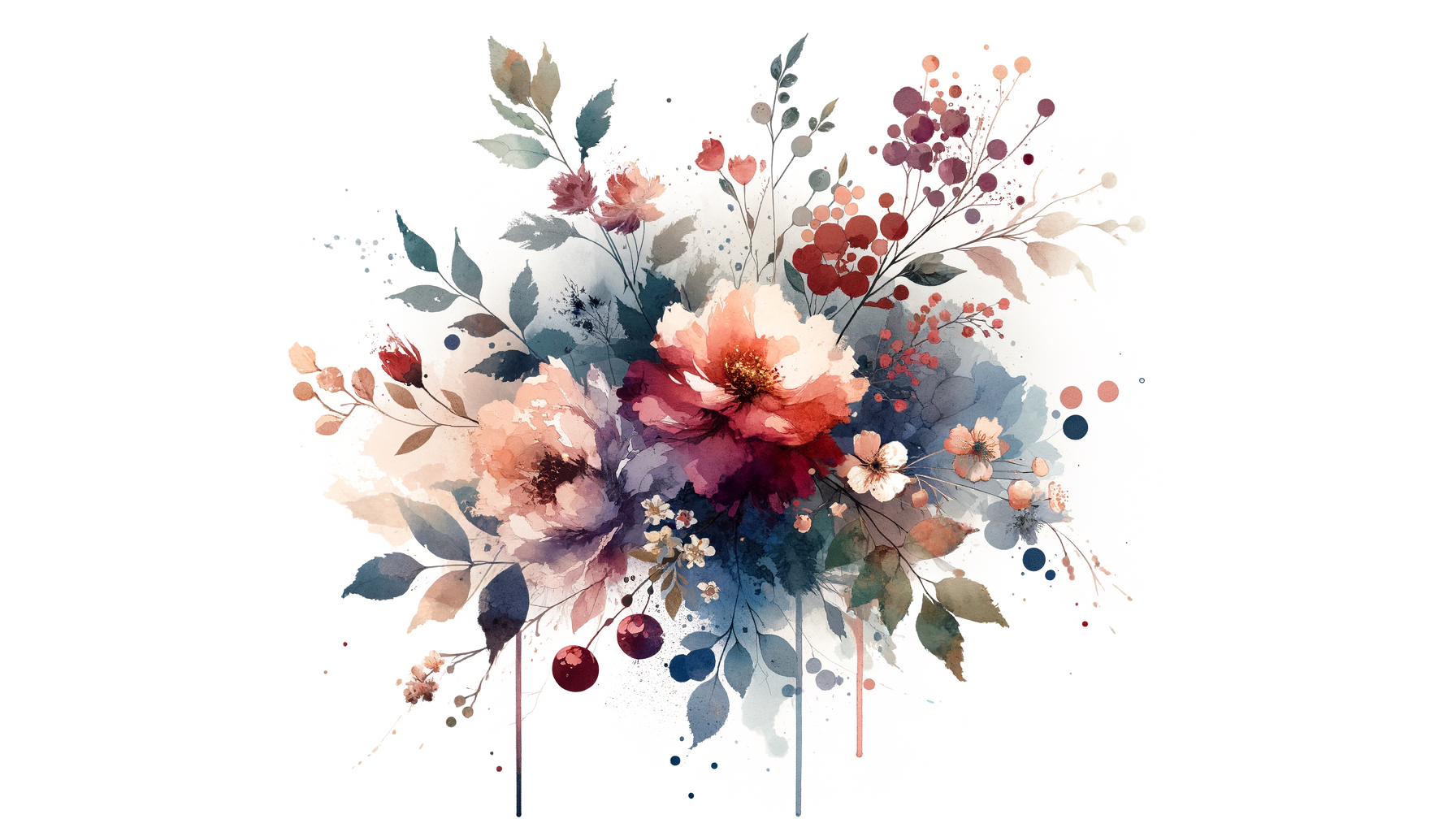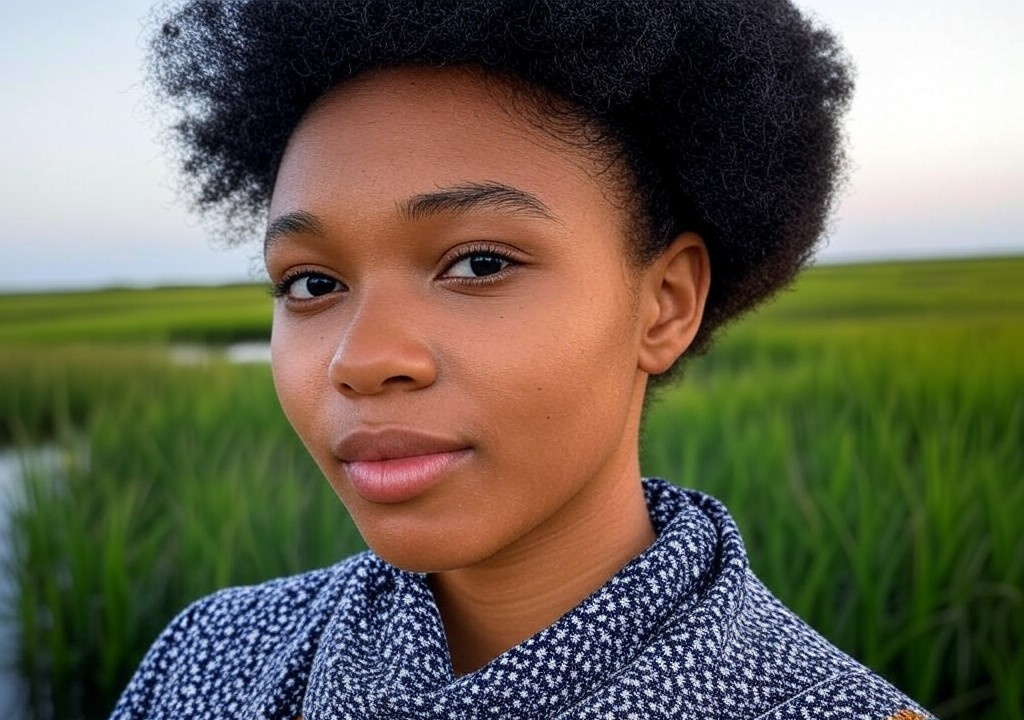The first time I felt joy doing this wasn’t some fireworks moment, the kind Hollywood loves to romanticize. You know, the sweeping orchestral score, cliché slow-motion scene, and a teary-eyed declaration of “This is my purpose!” Nope. My awakening hit somewhere between a knockoff Biggie Smalls T-shirt I snagged from a Brooklyn street vendor and the smudged ink of my first cheap pen. But let me start from the beginning.
The Spark Came Wrapped in Plastic
I was eight, freshly off the plane from Lagos, holding a KFC drumstick like it was some foreign relic (and let’s be honest, American fried chicken is its own category of sorcery). My mom had just taken my siblings and me to this discount store on Flatbush Avenue when she handed me a plastic pocket notebook. Cheap binding. Bright yellow. Palm-sized.
“Here, start writing,” she said with no further elaboration.
What was I supposed to write? A novella? Grocery lists? My mom’s brutal observations about which auntie didn’t season her jollof rice properly? But as soon as I scribbled my first sentence, some random thought about the shoes I wanted but couldn’t pronounce in English yet, I felt it: a tiny ember of joy. It wasn’t world-shifting, but something about transforming my chaotic thoughts into words on paper settled me. It was as if I’d found a tool—a way to make the world make sense.
Cut to 12 years later: I’m in a small, drafty flat in London while studying abroad. The ember had turned into something closer to a flame. I heard Zadie Smith speak about storytelling, and there it was, this realization that words could stitch together culture, diaspora, and human connection. For me, it was like a love language, except it worked on myself first.
Joy Found in Fiction – And in Heartbreak
But you don’t really know joy until you see it tested. Mine was at its most fragile during my first post-college dating disaster. You know the type. The relationship that starts with you thinking you’re Wesley Snipes in New Jack City (charismatic and invincible) and ends with you sobbing into a half-eaten halal platter in your studio apartment. Classic.
We didn’t break up over anything dramatic—no cheating or wild revelations. It was just that soft, insidious kind of drift. The kind I call “The Slow Fade to Situationship Credits in Low-Res.” She said I was hard to connect with emotionally, that I “lived too much in my head.” Ouch, right? But instead of wallowing, I grabbed my notebook. Somehow, translating heartbreak into fiction filled something inside me. Suddenly, I wasn’t just lamenting the loss of her; I was unpacking our missteps, dissecting moments like tiny vials in a lab, and—more importantly—realizing where my feet stumbled too.
There’s joy in that, I learned. The mess deserves its own kind of celebration because when you sit with it and write through it, you get something worthwhile: clarity. (And let’s be real—clarity makes for some excellent storytelling.)
Joy Is in the Edits
Let me tell you something I wish someone had told me at 19: Joy isn’t found in the first draft. It curls up in the shadows, somewhere between the sweaty, nerve-wracking process of showing your work to someone and the “Aha!” moment when you realize, “Damn, I might have actually nailed this paragraph.”
Back in my teaching days in Queens, I used to tell my students this same thing. If a first grader coloring outside the lines gets praised for trying, why couldn’t we extend that grace to ourselves? Writing, just like relationships, lives in the edits. And rewrites. And sometimes, the deletes.
Case in point: One short story I wrote in grad school, inspired by a Nigerian widow who had to relearn how to flirt at 60, started off as absolute garbage. (Think: melodramatic dialogue, predictable twists, overuse of ellipses. You hate to see it.) But after a dozen sweaty-palmed workshops and feedback sessions, that same story turned into a published piece I’m proud of. I wasn’t just proud of the end product. I was proud of the process. Each question my group asked, each awkward critique that stung but also pushed me, was like refining raw clay.
Turning Joy into a Tool for Love
Here’s the thing about joy that we often miss: It’s not something that just happens to you; it’s something you need to harness. It’s not fireworks; it’s friction. You have to actively create it—dating, relationships, and writing all share that stubborn truth. Why do you think we romanticize the “grand gesture” in romance when, more often than not, it’s the smaller daily decisions that build intimacy?
Writing taught me to pay attention to the little things: the curve of your partner’s smile when they’re half-asleep, the particular way they mispronounce quinoa but refuse to be corrected, the pause before an argument begins. Writing gave me practice in noticing. Relationships, when you boil them down, are all about noticing too.
If you’re ever stuck in a rut with your partner, try journaling about the first time you met them. Write out what you noticed back then—what drew you in. Memory tends to soften over time, but words? Words capture textures, smells, truths that you’ve tucked away.
Here’s What I’ve Learned to Do
- Find joy in the mess: Life, love, and creativity are messy. Stop expecting “perfect” moments and start finding joy in figuring things out.
- Celebrate rewrites: Both your work and yourself deserve multiple drafts. One argument or heartbreak doesn’t define your final chapter.
- Use words to reconnect: Whether it’s storytelling or writing a thoughtful note to someone you care about, there’s power in turning thoughts into words.
The Joy Keeps Knocking
I’ve found joy in penning stories for an online magazine about relationships (shoutout to this editor for not cutting my food metaphors). I’ve found it in sharing parts of myself I’d once buried in obligation or fear.
But the real truth? Joy, for me, is less about the first flutter of excitement after doing something “new” and more about showing up when that excitement fades. Whether it’s writing, dating, or forgiving yourself for a past mistake, joy is in the consistent practice of leaning in when it’s tempting to lean out.
So, here I am, still leaning—pen in hand, heart wide open. Are you leaning too?

